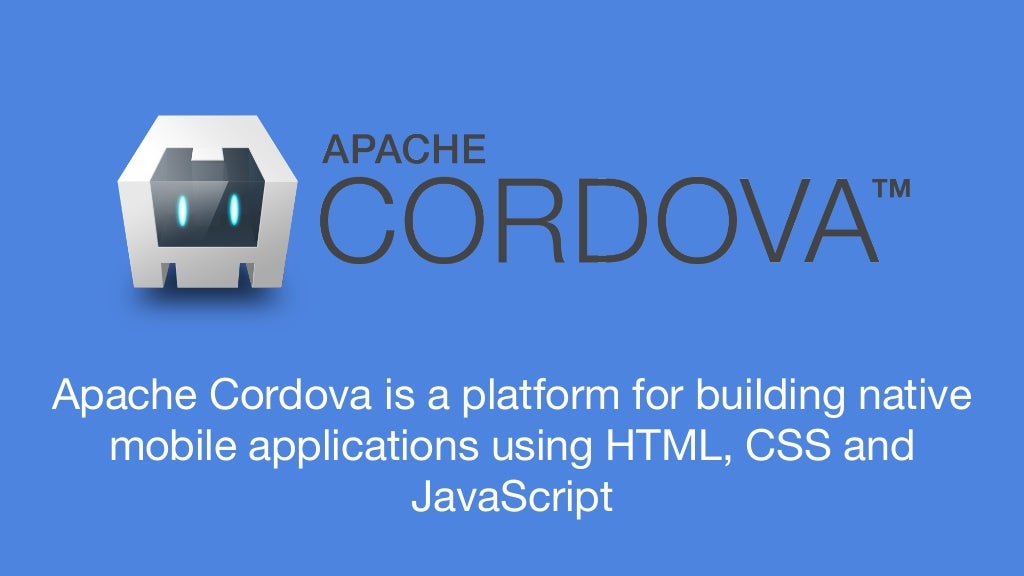

- #Ionic framework buttonbar how to#
- #Ionic framework buttonbar install#
- #Ionic framework buttonbar code#
We’ll also learn how to customize the CSS style of Ionic Alert UI components. Prompt message which will take date inputs from user and display on the page. Mainly used to Delete actions where we confirm if the user really wants to delete.

Here we will learn three types of Alerts that can be easily implemented and used for different purposes:Ĭonfirm alerts of taking and input from users. In Ionic, we can create Alerts or Confirm overlays by using the AlertController class provided by Ionic Framework UI components. An Alert is shown over the content of the page which can be closed only by some user actions. To quickly draw the attention of a user, we generally show an Alert message which can display a text message or allow a user to select an option. This way we now have an interface which fills the whole available content.In this Ionic 5/4 tutorial, we’ll learn how to show Alerts, Confirm and Prompt message overlays in an Ionic application by using the AlertController available in UI components of Ionic Framework. Next, in thelib/scss/_variables.scssfile I changed the values of the following variables:įinally, in thelib/scss/_button-bar.scssfile I changed the value of the following rule inside the YouĬan learn more about it fromthis Ionic specific tutorial⁹⁰, or you can learn more about Flexbox in Finally, I wrapped this whole content in thedivelement with classhome-containerįlexbox is used here as a basis in making the layout which fills the whole content horizontally.Next, on the everydivelement with the classbutton-barI added the classrow.Then I wrapped thisformelement in adivelement with the classmyInputRow.I changed the title to SuperSimple Calculator from just Calculator on theion-viewtag.Also, notice thescroll="false"on theion-contenttag, which disables content scrolling.Notice the added classmyResultInputon theinputelement.To just contain the following line of code: I first removed theResultand edited theformelement.Here is the breakdown of the changes that I Through SASS (we removed this in the second chapter):Īs for the changes, here is the final content of the templates/calculator.html file:
#Ionic framework buttonbar code#
Link code to yourindex.htmlfile just below thetag in order to load the CSS file generated But, before you start doing the changes you’ll need to add the following Now we’re going to go through the parts that were changed so that you can follow along in yourĮxample and see for yourself. The best one in the version of the book (with the proper credits, of course). I encourage you to share your images/scss changes with the rest of us, and I promise to incorporate I’m sure that more design-inclined readers will come up with way more slick design than this and Slight addition to our HTML template that I’ll address additionally): On the image below you can see what I came up with after changing few of the CSS rules (and a I encourage you to check out the contents of the gulpfile.js file and see for yourself.

Gulpfile task produces a single minified version of the CSS on every save. You don’t have to worry about multiple files because the Variable, without having to trace it through all the files and change the certain color in all the placesĪlso, here you can see that we’re including (better said importing) the other Ionic SASS files, whichĪre nicely structured in different files. When, for example, you want to change the color you only need to change it in one place in one Programming background, I’m sure you realize how important and useful SASS is. It’s contents is short, and even though you may not have used SASS before, I’m sure it will lookĢ To customize the look and feel of Ionic, you can override the variablesĥ For example, you might change some of the default colors:ġ8 // The path for our ionicons font files, relative to the built CSS in Since you most probably have Our main starting point in changing how our application looks like is the scss/įile.
#Ionic framework buttonbar install#
Our project to use SASS by entering the following command in the Terminal/Command prompt:Īlong with some other npm install related output, you should see something like this:Ģ Updated C:\Users\Nikola\Desktop\IonicTesting\Ionic_3rdTutorial\* Run ionic serve to start a local dev server and watch/compile Sass to CSSĨ Using gulpfile ~\Desktop\IonicTesting\Ionic_3rdTutorial\gulpfile.jsġ0 Finished 'sass' after 1.76 s Of the variables, nesting, mixins and all other great stuff that SASS provides, we’re going to prepare Ionic, as awesome as it is, has a support forSASS⁸⁹. However, if you talk with any web designer these days they will tell you that using purse CSS Most of the changes that we’re going to make will be in the CSSįiles. If we’re being honest, our app currently doesn’t look quite representative.


 0 kommentar(er)
0 kommentar(er)
